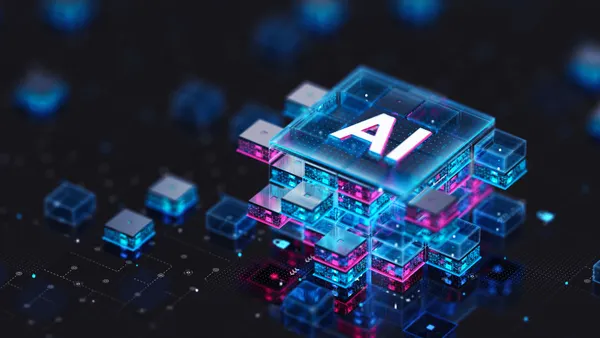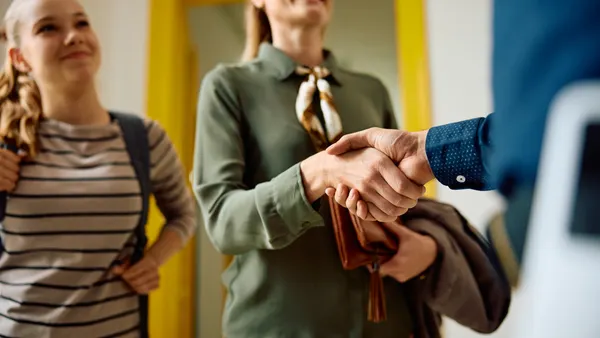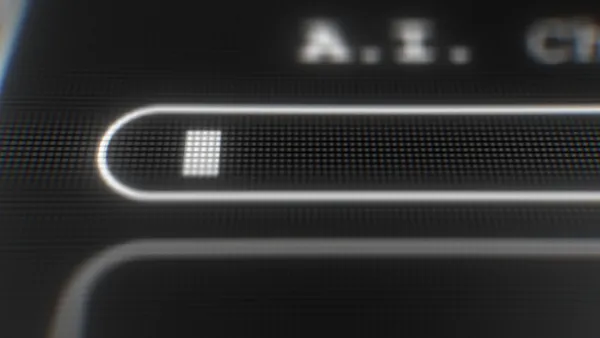Dive Brief:
- Revolve Robotics' "Kubi" telepresence robot can be operated remotely, enabling teachers to reach special education students face-to-face while not actually being present.
- Some experts say that telepresence technology is particularly useful for classroom observation, since having a new person in the classroom often changes student behavior and the technology is less invasive and disruptive.
- At the same time, more traditional platforms like Skype can also enable similar observation from afar.
Dive Insight:
According to eSchoolNews, using a platform like Kubi is useful for teachers and experts who need to observe classrooms because of its ease of use. A link is generated and sent to the invited participant, and one click will bring the party into the classroom. At the same time, video conferencing is now built into many tablets and laptops, and the cost benefit of using existing technology certainly may outweigh using new tech like Kubi. But Kubi is able to turn and face different directions, which regular tablets and laptops can't do — though a wide vantage point can be set up in advance to eliminate the need for a moving device.
Some states, like Georgia, are now adopting more high-tech video observation in classrooms after studies pointed to a key result: more effective instruction. Today, all but six U.S. states currently require some form of evaluation, according to a 2013 study from the National Council on Teacher Quality, and using video can allow for more objective feedback from school leaders while allowing educators to review their own performance. A recent two-year impact study done by Harvard University published in May 2015 called “Best Foot Forward (BFF)” found video observation can contribute to heightened reliability in classroom observation.






 Dive Awards
Dive Awards







